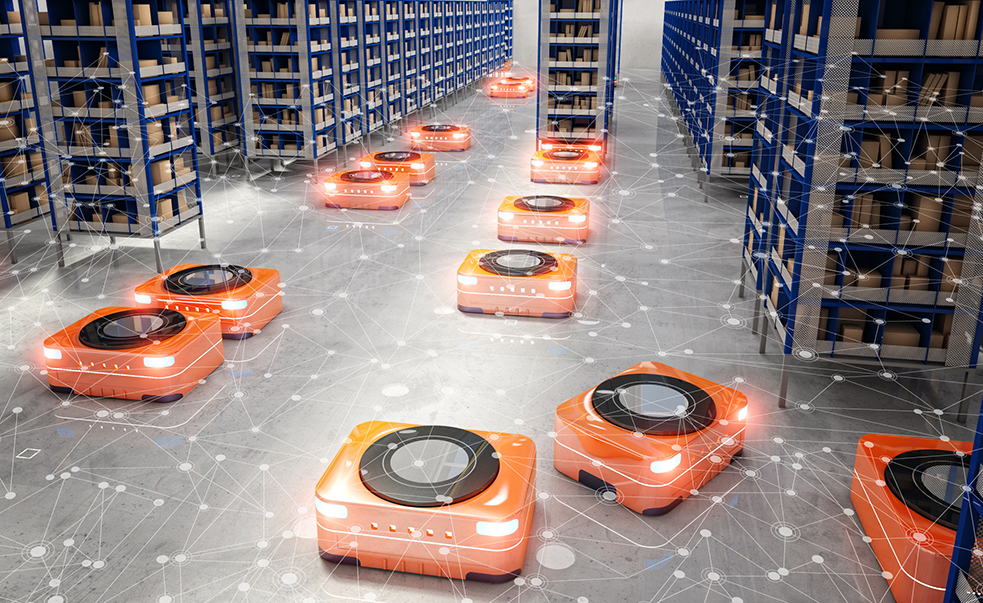In response to the growing demands for anywhere, anytime communications by organizations and consumers in almost every industry, today’s networks—both wired and wireless—are evolving dramatically. A network’s success no longer hinges on its ability to provide simple connectivity; it must truly empower those it is serving, removing constraints that hinder accessibility and working intelligently, flexibly, and seamlessly to optimize productivity.
Mobility is a key driver shaping these network requirements, as well as the applications that they must effectively run. Organizations with personnel and equipment that are remote, geographically dispersed, and/or constantly on the move need a mobile infrastructure that allows all of their assets, whether fixed or in motion, to connect and communicate in real-time, at all times. This also means that it must be intelligent enough to adapt quickly to changing network topologies, dynamically shifting data to best available routes without interference, interruption, or manual intervention.
Unfortunately, many solution providers have claimed this level of mobility and autonomy in their networks but have fallen short. A thorough understanding of the strengths and weaknesses of common approaches will help you avoid investing heavily in technology unfit for dynamic environments that are challenging to navigate and connect in, and select the solution that delivers on the promises above.
This three-part series evaluates the commonly considered network offerings—from public networks to traditional mesh—in contrast to Rajant Kinetic Mesh® technology, a fully mobile connectivity solution built from the ground up to excel in today’s diverse, mobility-driven marketplace.
Network Technology Options
There are multiple approaches that organizations can take to construct a workable network, but many options become less and less viable as scalability, throughput, ruggedness, self-management, cost efficiencies—and particularly mobility—demands increase.
Network strengths and weaknesses should be carefully evaluated based on connectivity requirements as well as the applications that will need to run effectively on top of the network, both today and as part of future growth. Below are a few of the common types of network options that could be considered in industrial and municipal environments where mobility must be addressed.
Cellular networks use fixed-location transceivers to create ‘cells’ of wireless coverage over land areas, and relay data via ‘handovers’ to neighboring cells as users travel into new cell geographies.
- Pros: Often available in areas where other types of networking like LANs and WLANs cannot reach; 3G delivers data rates equivalent to broadband networks; enables mobility while in transit.
- Cons: Short tower range (one to two mile radius) leads to likelihood of ‘dead spots’ between cell tower ranges; signal strength degradation in high traffic, bad weather, etc.
Satellite is most often used to provide broadband access in areas with little or no existing network infrastructure.
- Pros: Provides high-availability to remote environments spanning large distances.
- Cons: Low bandwidth; high latency; interference caused by topology features and weather conditions; very expensive.
Traditional mesh networking creates large-scale, resilient wireless local networks capable of multiple concurrent connections. Each mesh ‘node’ has redundant links to other nodes, which creates inherent redundancy.
- Pros: Very little wiring needed to deploy across large areas; fast and flexible set up; self-adjusting to best traffic paths; high bandwidth; resilient.
- Cons: All data is routed through a single wired controller node (failure there affects entire network); heavy bandwidth use must be reserved for overhead (up to 50%); ineffective at higher node volumes (as little as 50).
Rajant Kinetic Mesh networks differ from traditional mesh in that they provide extremely scalable, fully mobile-enabled, wide-range, and reliable connectivity, allowing all nodes and clients to be in motion and all application data to dynamically shift to any available frequency, all the time.
Rajant Kinetic Mesh enables full network motion and flexibility, with no static controller node to cause failure. Instead, it employs any-node to any-node capabilities to continuously and instantaneously route data via the best available traffic path and frequency—for any number of nodes, all with extremely low overhead. 🖉
Part one of a three-part series. Click here for part two and part three.













